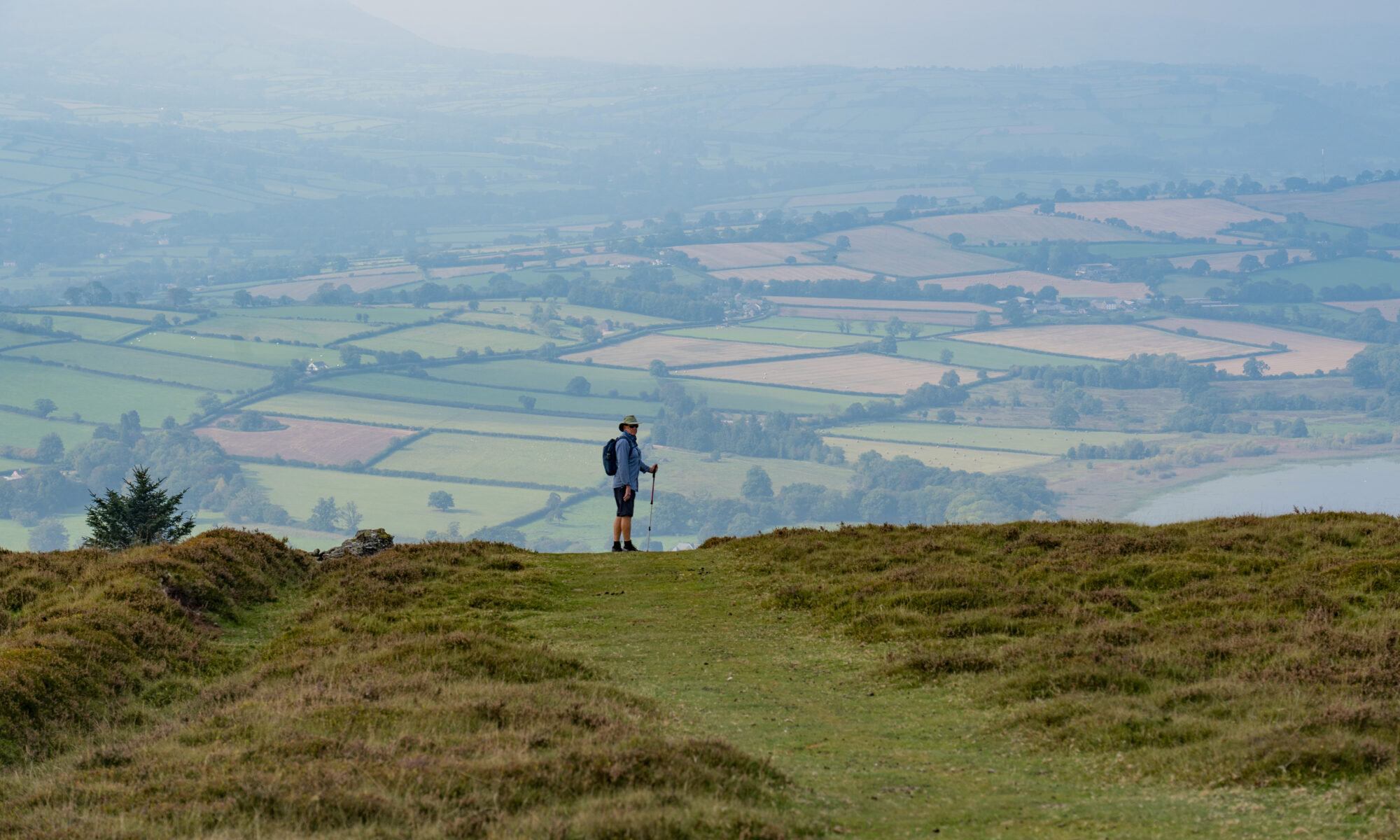Author: Mrs A
Location: Castle Clytha (nr Llanarth), Coed y Bwnydd (an Iron Age fort) and Mynydd Llangorse (a hill), Monmouthshire, Wales
We left Somerset in bright sunshine and turned Truffy’s nose north-west, aiming for a bridge over the River Severn. After so much time looking at the Bristol Channel, it was great to be able to see higher up the river and cross over the great body of water. As we passed into Wales, we left the blue skies and drove into fog…fortunately soon lifting as we reached our destination.
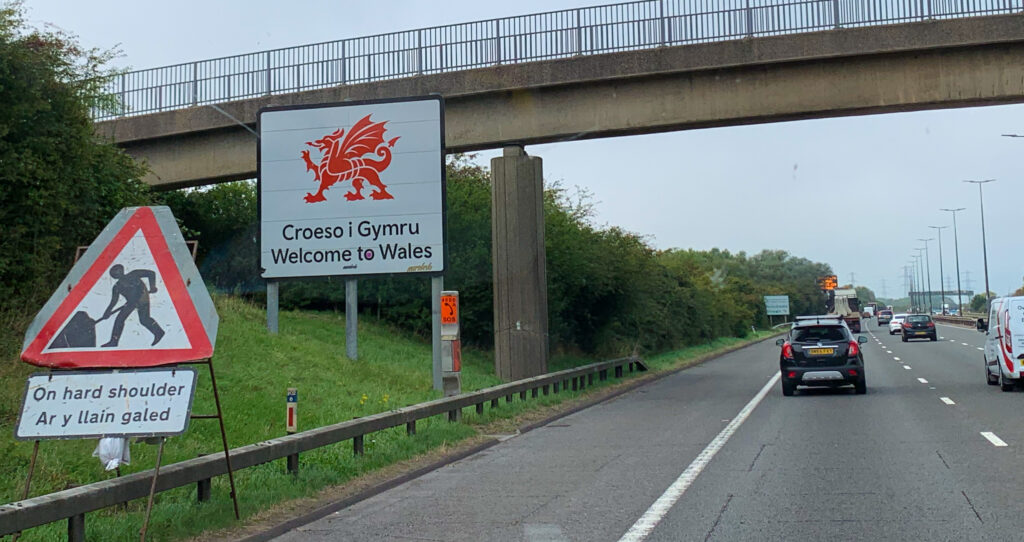
We pulled into a quiet National Trust carpark beside the River Usk. The river starts high up in the Brecon Beacons, before flowing through Wales to emerge at Newport into the River Severn, opposite Western-super-Mare. We had decided to make our first day’s journey relatively short in order to make the most of the blue sky day. (Strava).
Mr A had found a great sounding walk on the National Trust site which would take us along the river, up to an ancient Iron Age Fort and back via a 17th century castle in a mere 12km (7.5 miles). If you’ve seen our Strava link, you will have seen we must have taken a few wrong turns, as it was 15.6km (about 10 miles) for us!
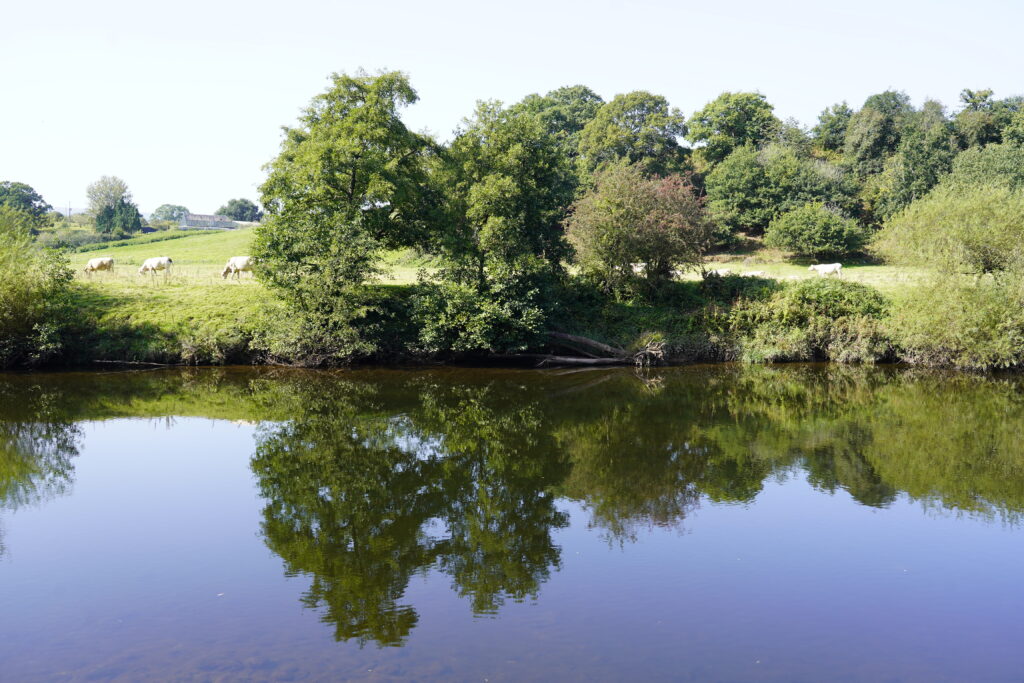
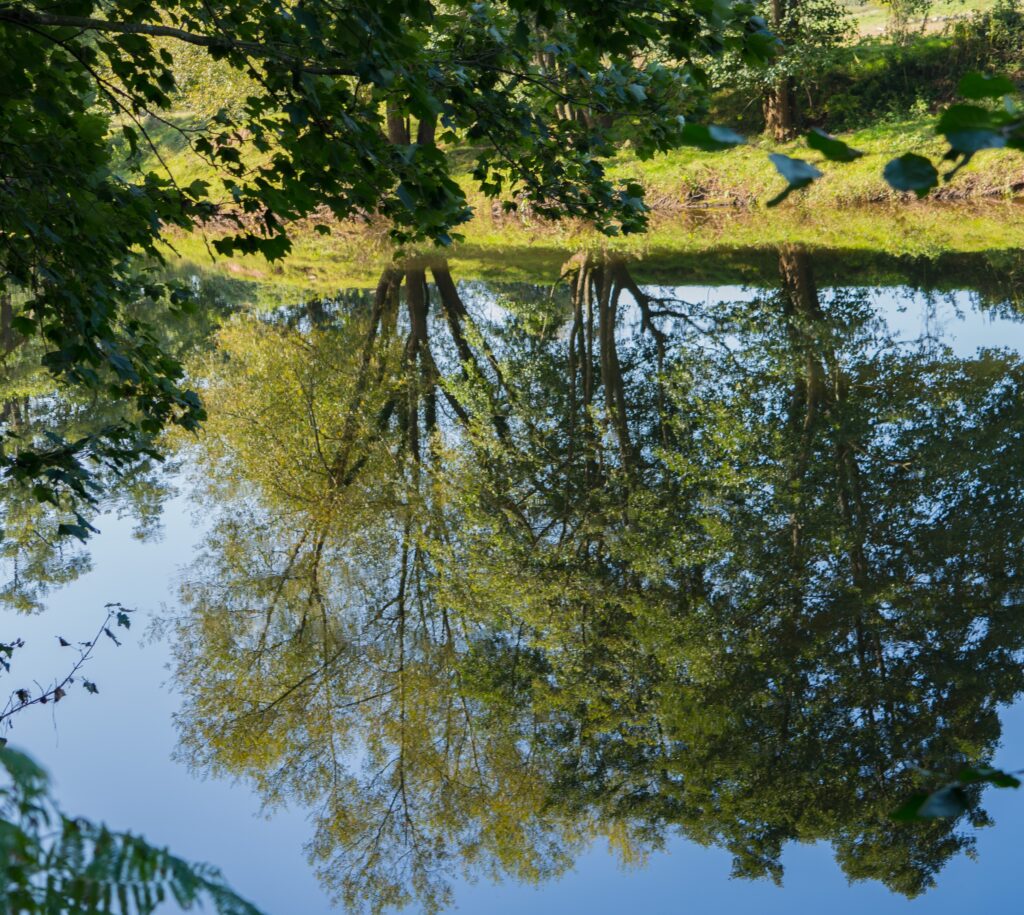
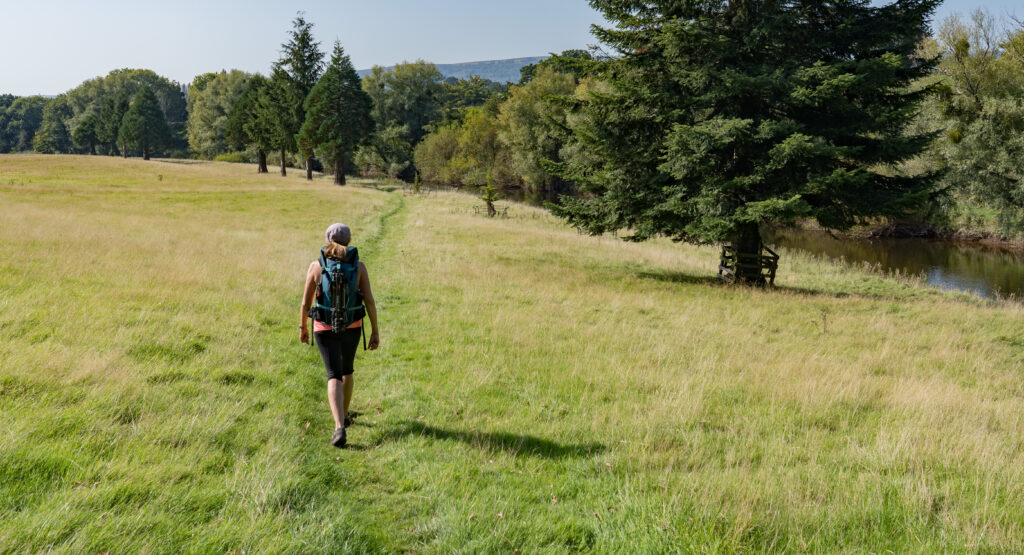
After passing a group of girls swimming and sunbathing on the river bank, we barely saw another person all day as we wound our way on our circuit walk.
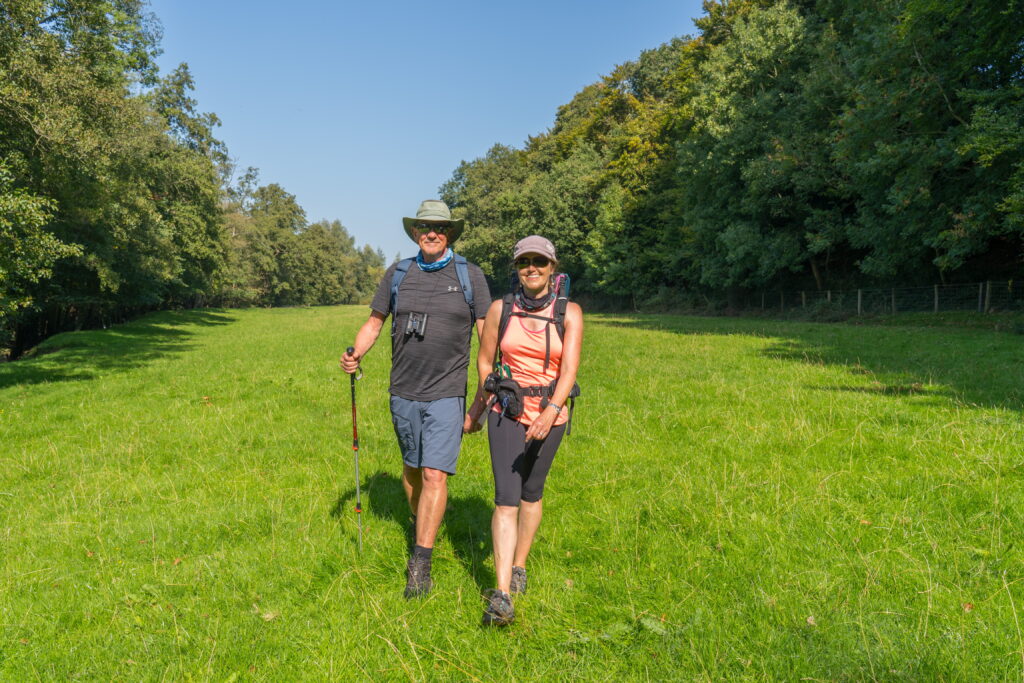
As we hiked up, the views began to open up, giving us our first glimpses of the Brecon Beacons National Park.
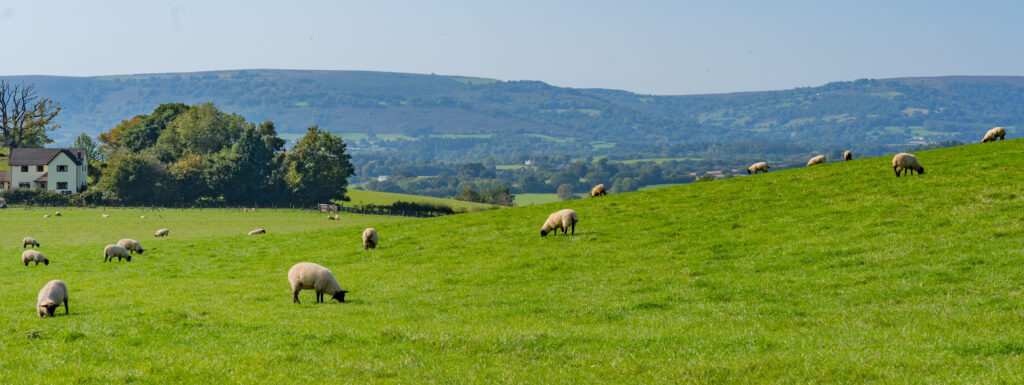
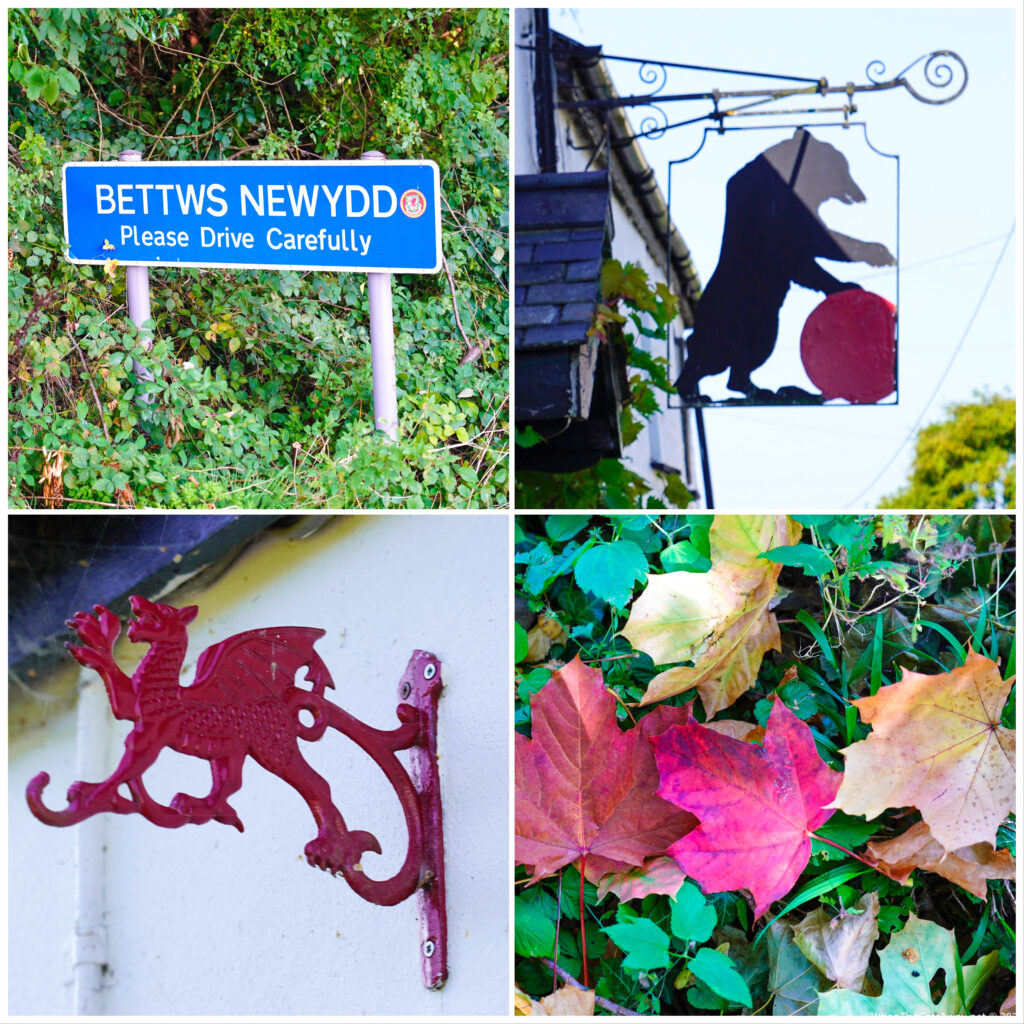
Fabulous clear views of Sugar Loaf open up in front of us – this is South Wales’ highest mountain (596 metres), and a popular day walk. Its popularity is what turned us off walking up this one, we do prefer to avoid the crowds, even when there isn’t a nasty virus around!
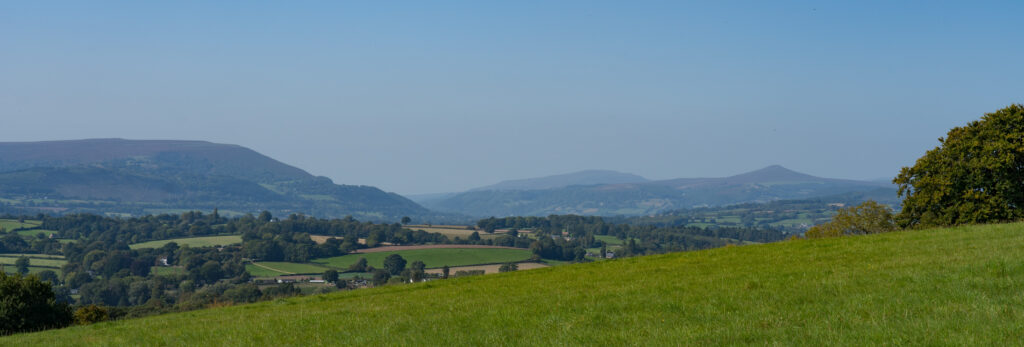
The walk description had been written at a time when there were no crops in the fields, so often it was a bit of a challenge finding the pathway through.
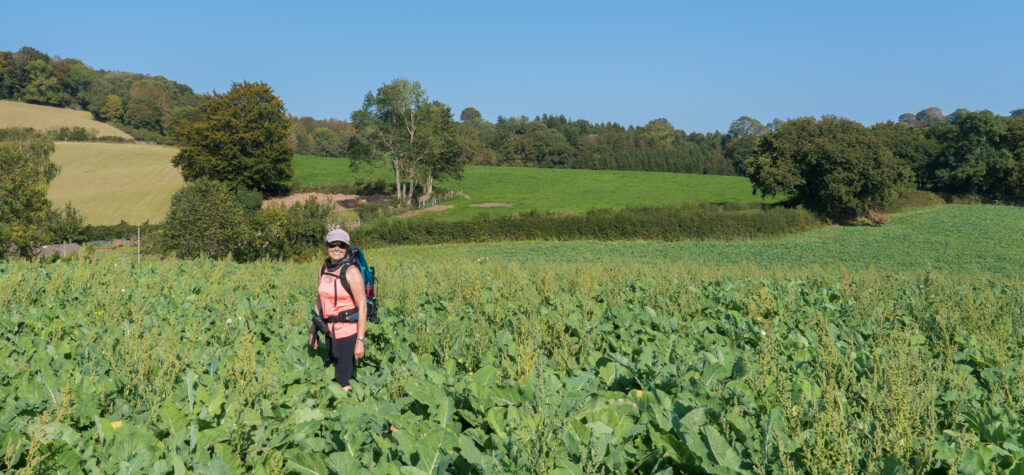
High up on a hill we emerged into Coed y Bwnydd, an Iron Age fort. This is a scheduled ancient monument that was gifted to the National Trust in the 1940s by a grieving Captain in memory of his friend killed in World War II. To the untrained eye, it is a simple woodland, but the more you look, you begin to spot the earthworks that signify the involvement of humans here more than 2,000 years ago.
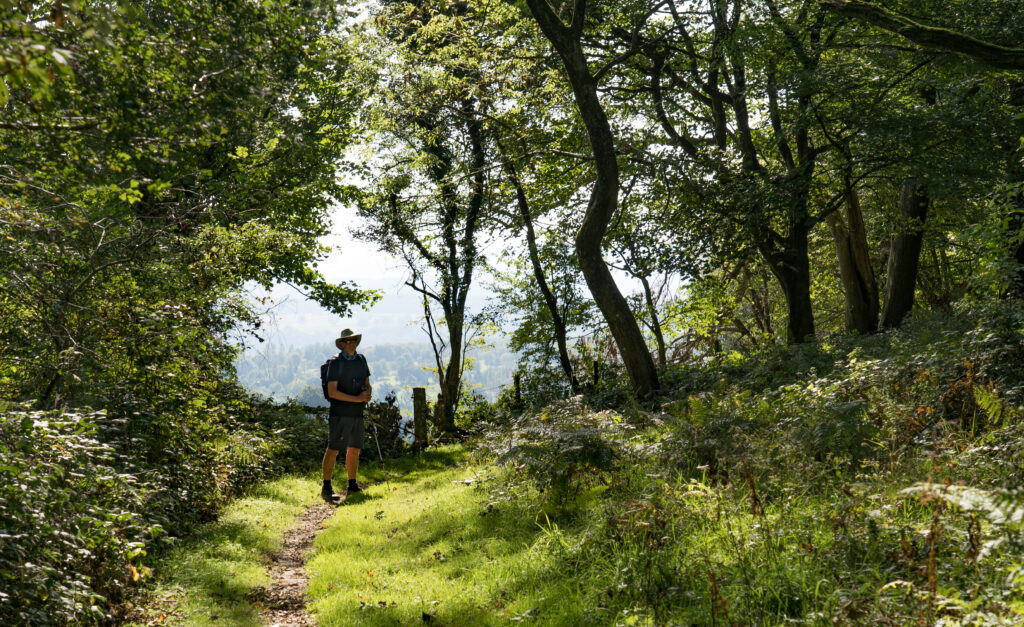
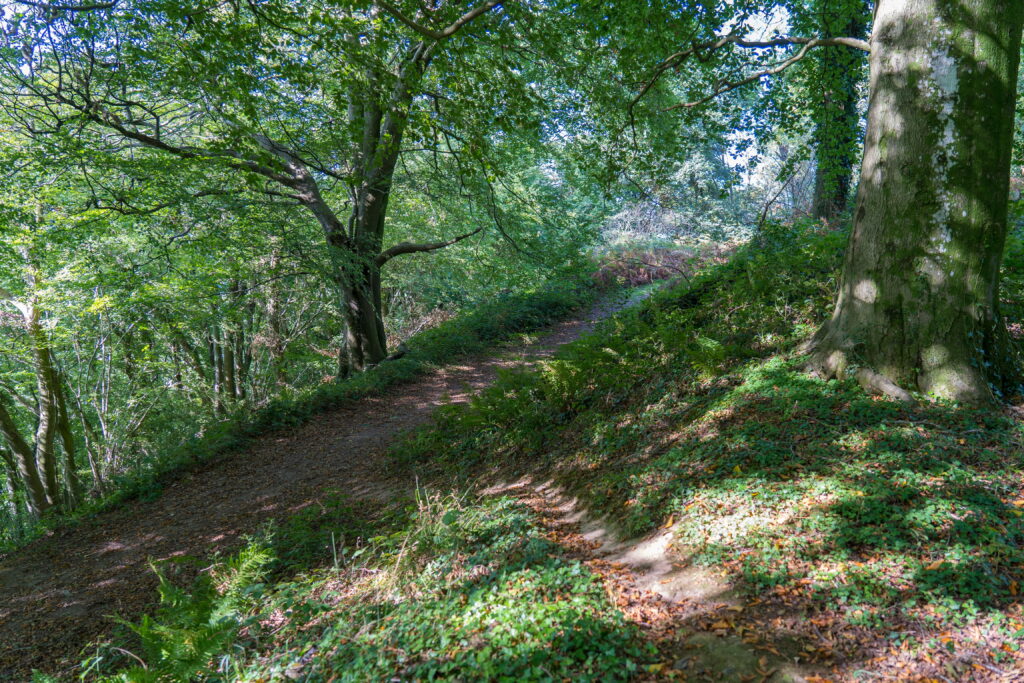
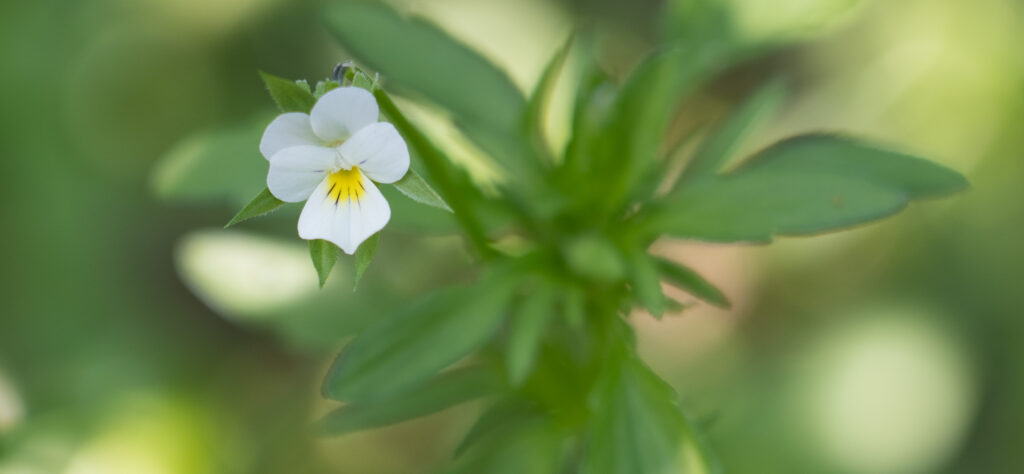
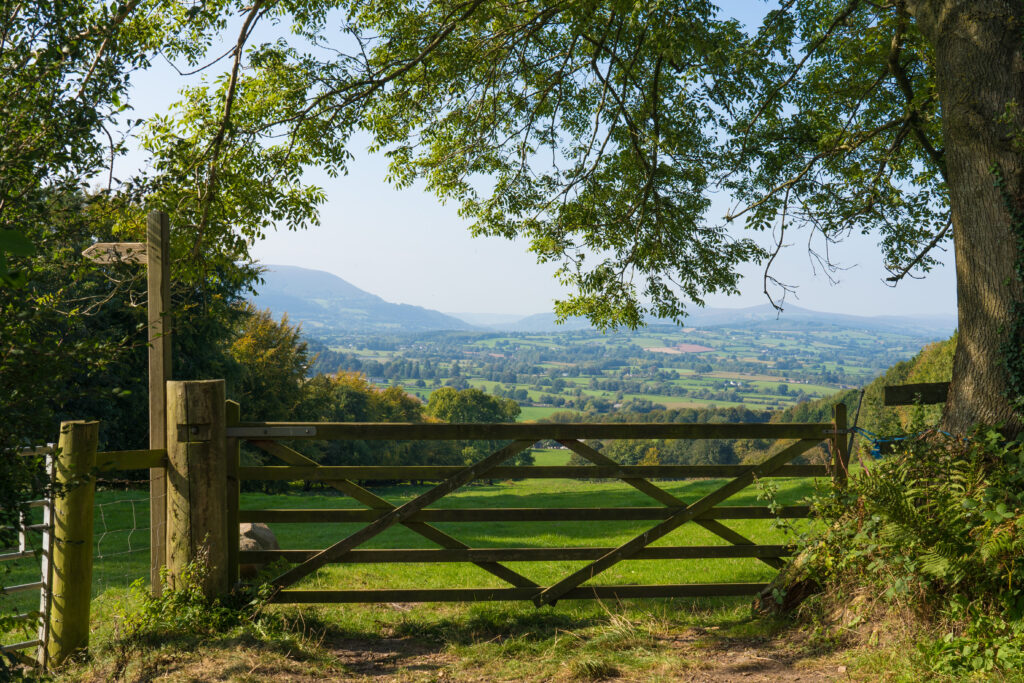
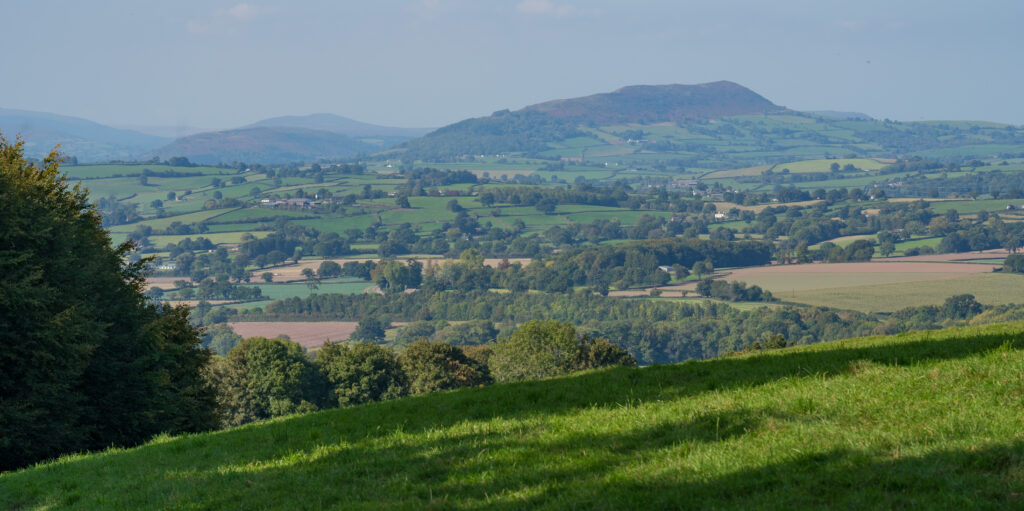
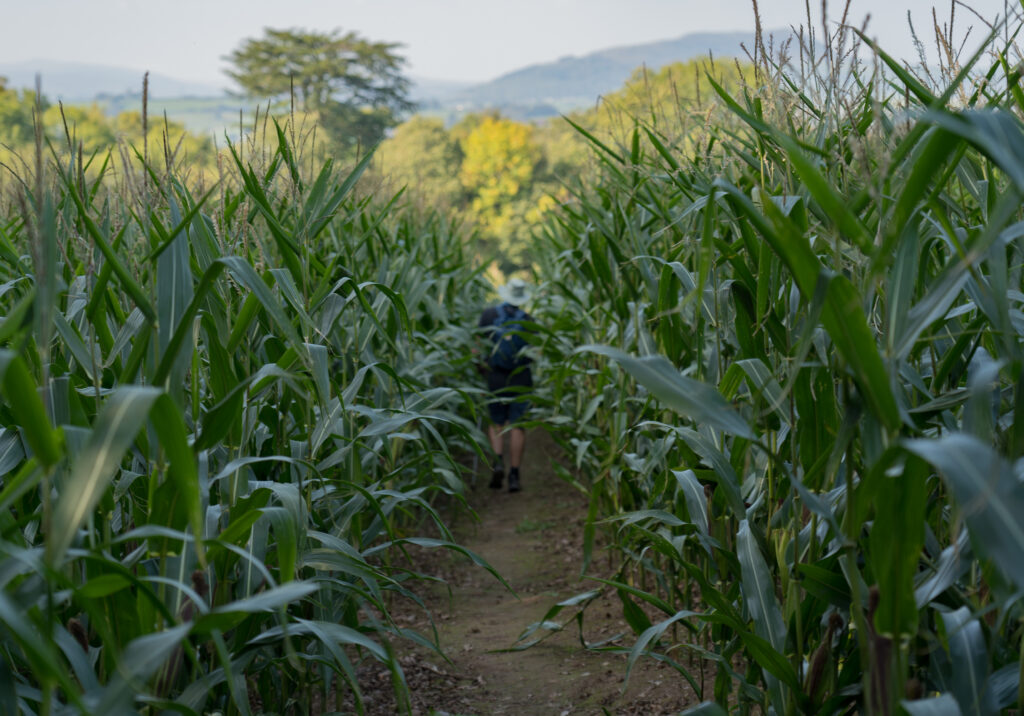
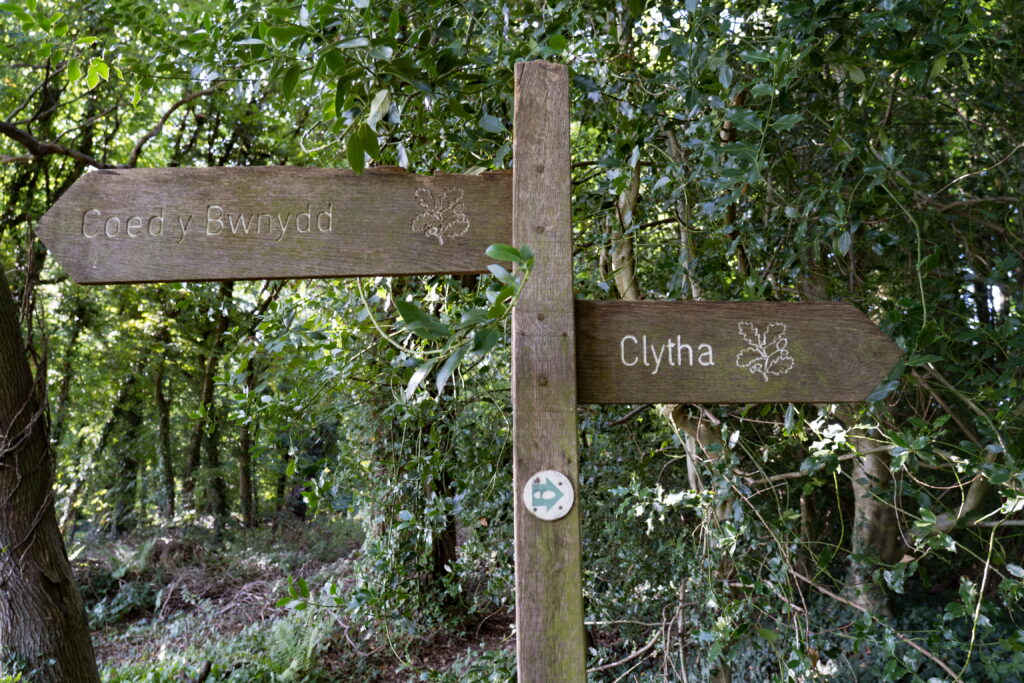
Clytha Castle was a folly built in 1790 and is now available for holiday stays.
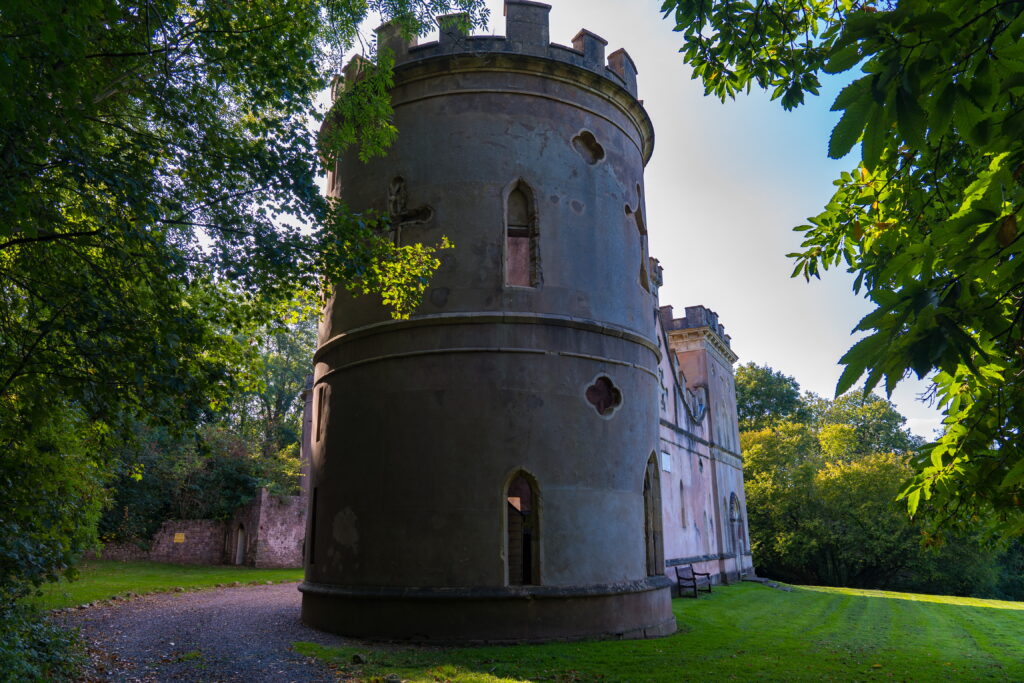
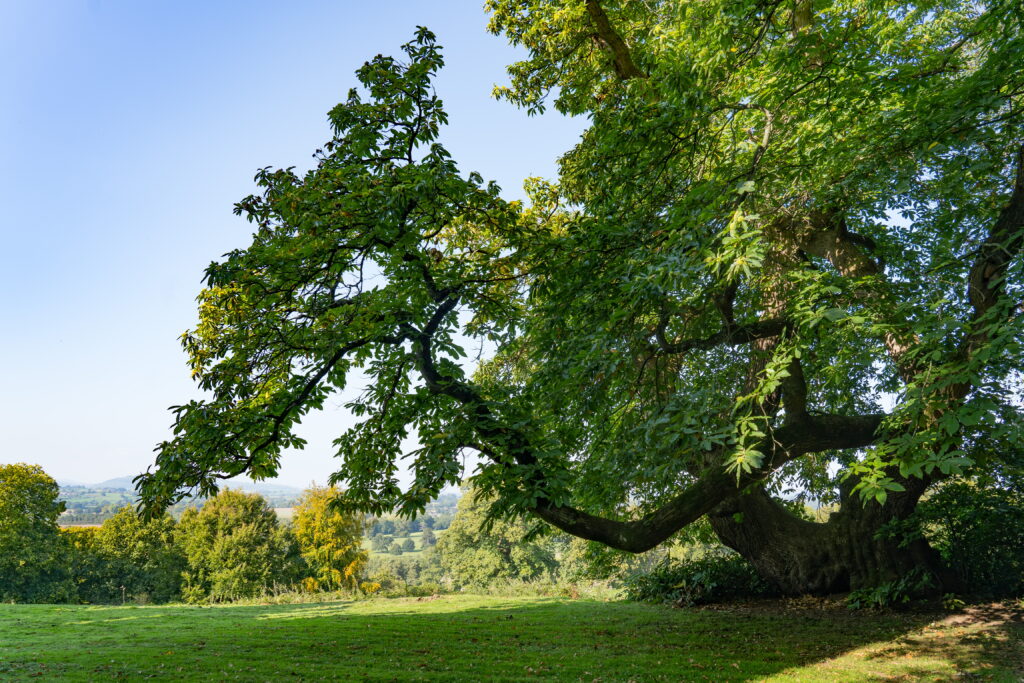
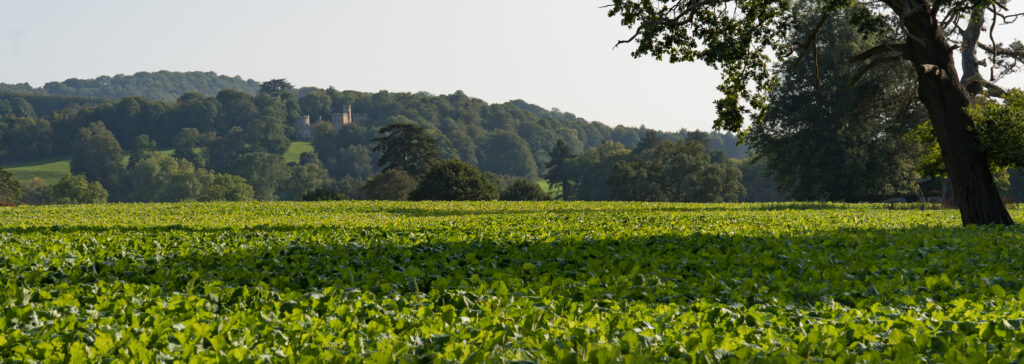
We stayed the night in the quiet car park, then the following morning we drove a short way to Llangors, where we parked up at an activity centre (predominantly training army cadets to climb and survive in the wilderness). Our plan was to climb Mynydd Llangorse, a 515 metre hill overlooking Lake Llangors and the Brecon Beacons.
Again, this walk was not on the tourist trail, and yet able to provide spectacular views (Strava) in isolated serenity. Away from the carpark, we saw one other person, just as we concluded our hike.
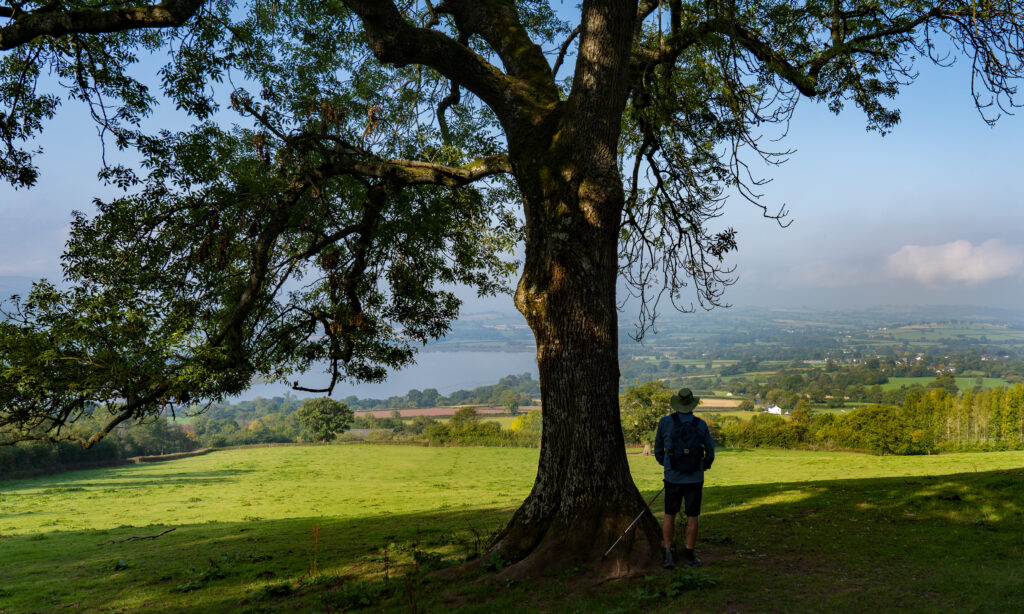
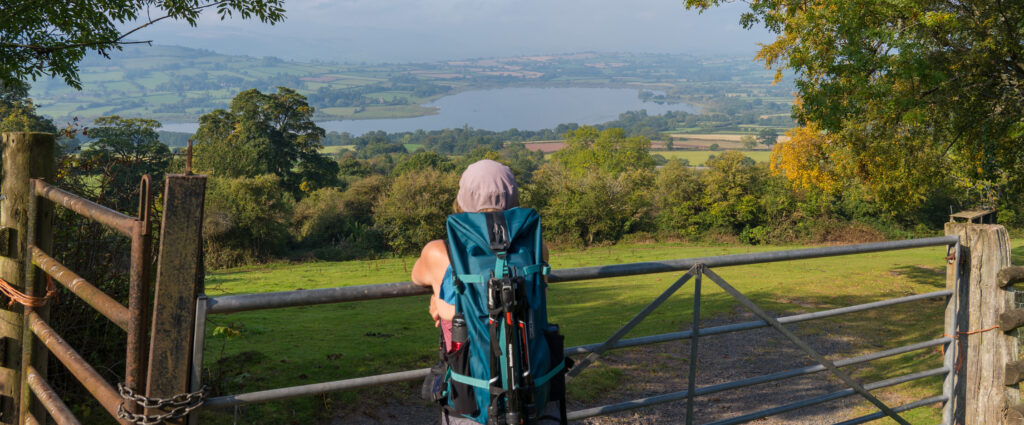
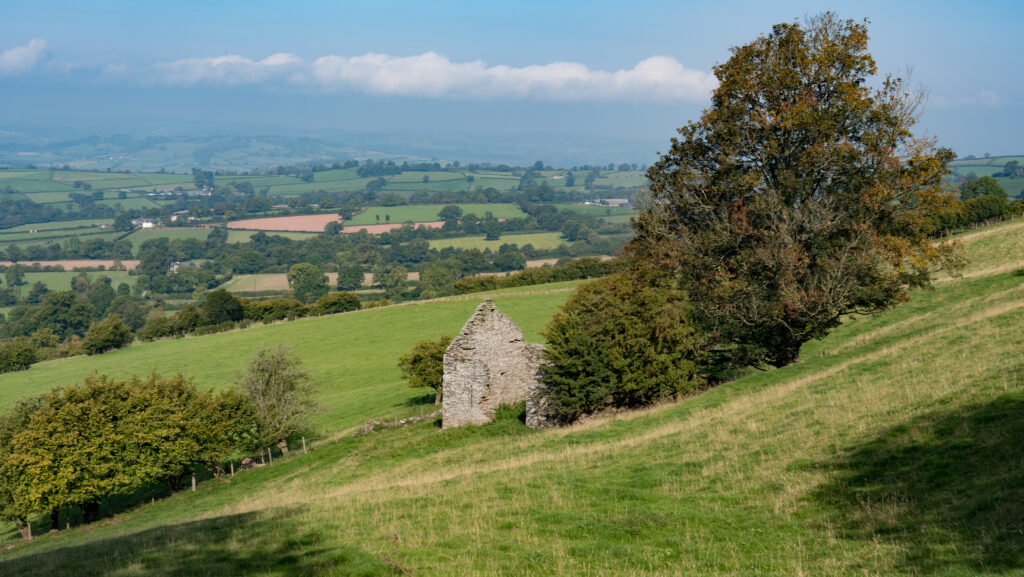
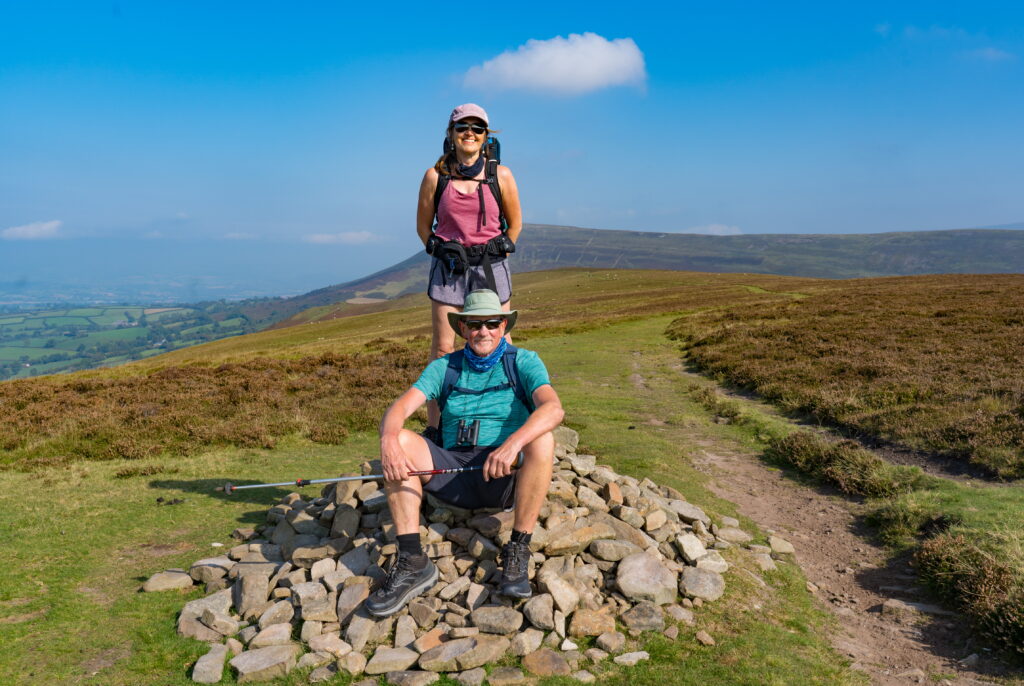
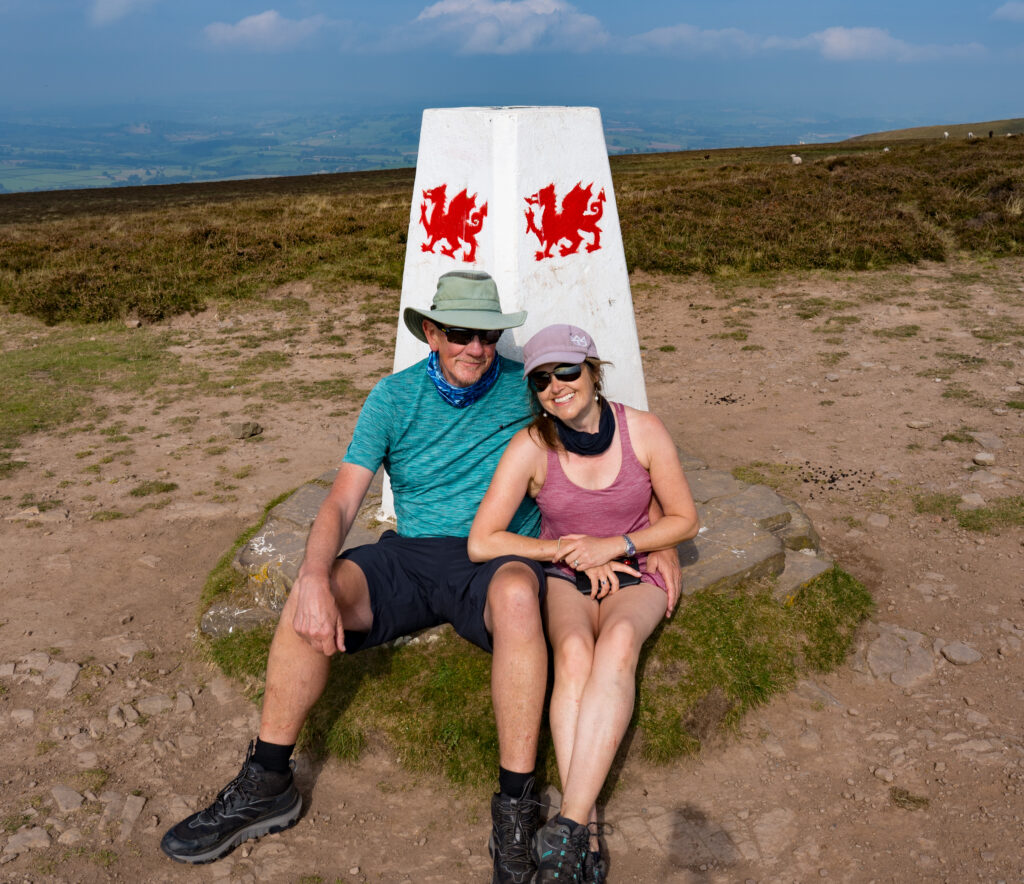
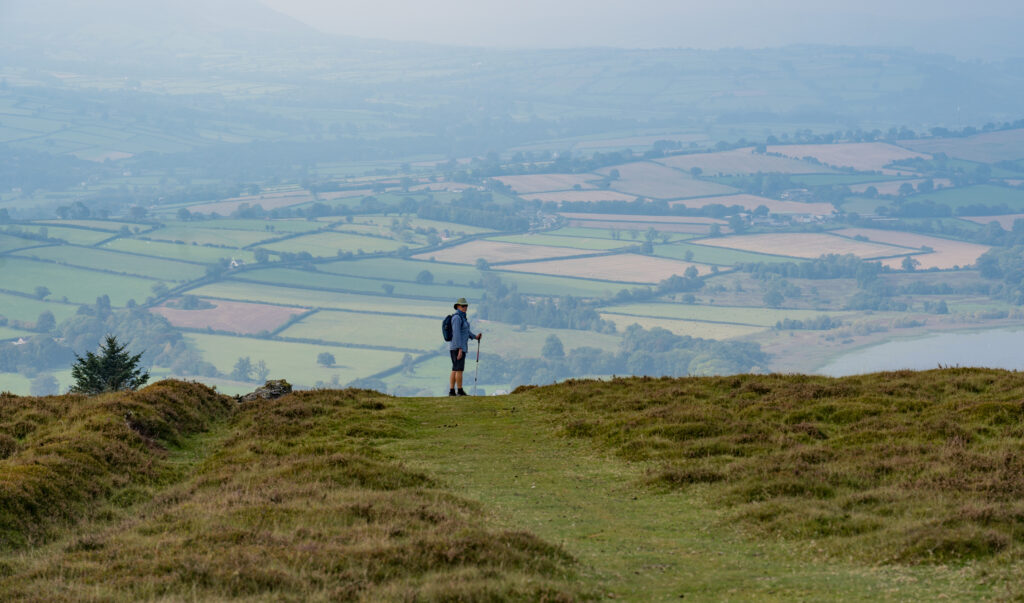
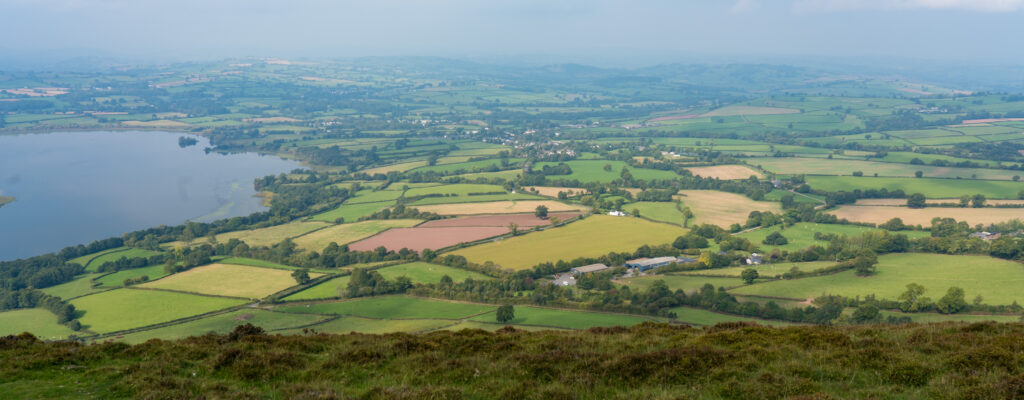
We could see the weather starting to change as we enjoyed the last of the sunshine for a couple of days. After climbing back down, we drove off to our next camp, just outside the small town of Brecon.

